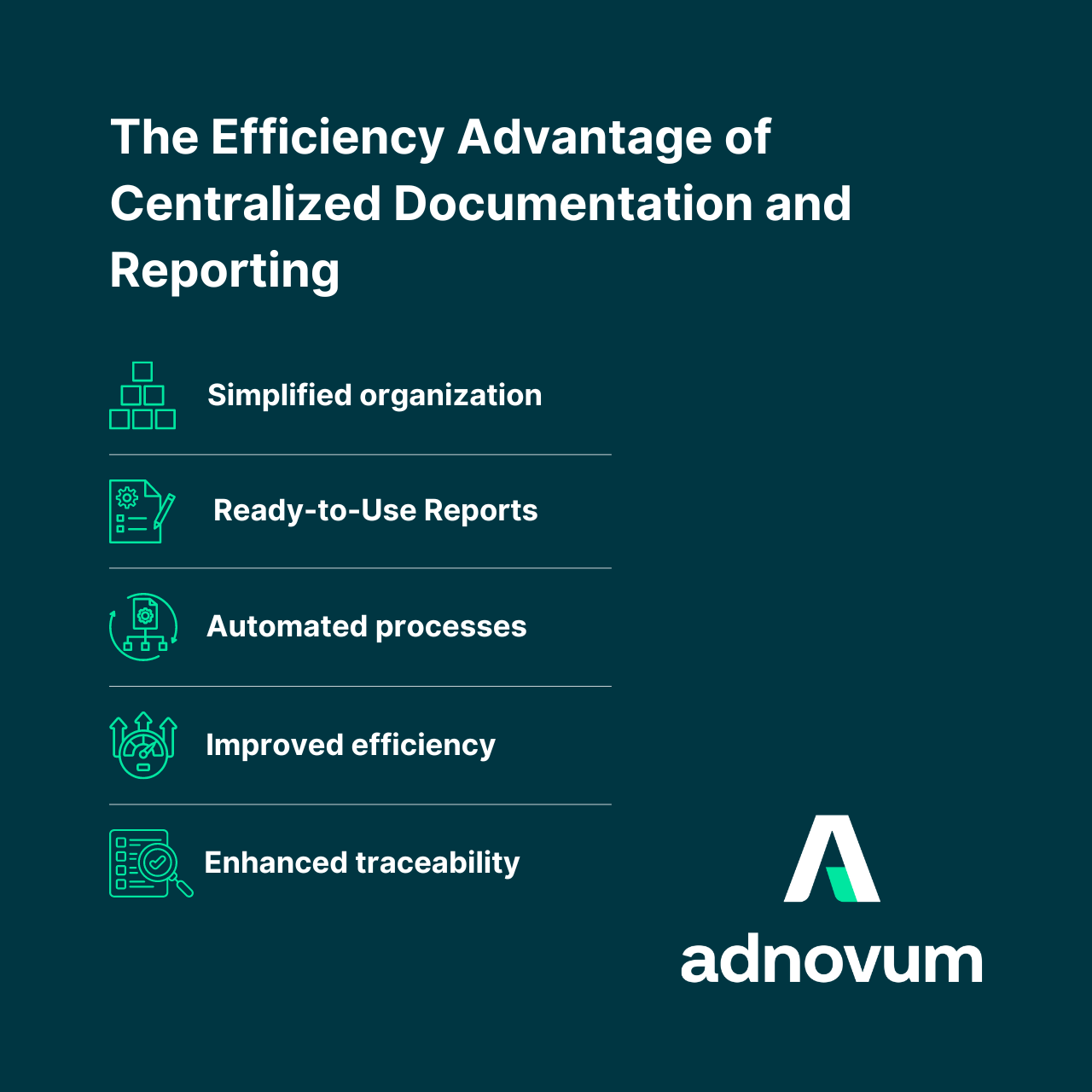The escalating significance of data security and privacy underscores the indispensability of compliance with IT regulations. A breach stemming from non-compliance can trigger severe repercussions, including substantial fines, reputational harm, and litigation. Yet, conventional compliance strategies frequently depend on decentralized documentation and disparate reporting methods across multiple systems. This fragmented model complicates audits, diminishing efficiency and potentially unveiling vulnerabilities, highlighting the need for centralized and automated compliance solutions. This article advocates for centralized documentation and reporting in IT governance and compliance as pivotal in facilitating smoother audits and fortifying compliance posture.
The Pitfalls of Conventional Audit Approaches
Envision the chaos of sifting through various folders and applications to find crucial documents during an audit. This chaotic scenario typifies the experience of many organizations tethered to outdated, compartmentalized documentation practices, which manifest several challenges:
- Limited scalability: Traditional methods become cumbersome and time-consuming as the volume of data and documents increases. This can hinder the audit process and make it difficult to adapt to changing regulations.
- Inconsistent Document Versions: The proliferation of document copies can engender confusion and inaccuracies.
- Elevated Stress Levels: The frenetic search for missing documents and the laborious task of synthesizing information engender undue stress during audits.
- Higher risk of non-compliance: Difficulty demonstrating adherence to regulations can lead to costly penalties and reputational damage.
- Security vulnerabilities: A staggering 40% of teams experience security breaches due to blind spots from manual compliance practices (Thomson Reuters Institute, 2023)1 .
Streamlining Compliance through Centralization
A centralized system for documentation and reporting serves as a singular repository for all compliance-related documents and reports, guaranteeing timely access to the latest information. This approach, enabled by advanced IT governance tools and compliance management software, reaps considerable advantages:

- Simplified Organization: With documents neatly categorized and readily searchable, audit preparation becomes less daunting.
- Ready-to-Use Reports: Compliance-centric pre-designed templates enable the swift generation of comprehensive reports that meet regulatory benchmarks.
- Automated Processes: Automated workflows ensure document version control and approval, bolstering consistency and accuracy.
- Improved Efficiency: Minimized audit preparation effort allows organizations to dedicate more resources to their core business activities.
- Enhanced Traceability: Audit logs offer transparent document histories, simplifying tracking.
Building a Centralized System for Efficiency - Choosing the Right Tools
The foundation of a successful centralized system lies in selecting the right tools for the job. Here are key factors to consider when evaluating IT governance tools and compliance management software:
- Scalability: The system should gracefully accommodate organizational growth and an expanding volume of data and users.
- User-Friendliness: An intuitive interface fosters adoption, reducing training requirements and ensuring seamless staff transitions.
- Integration Potential: The ability to integrate with existing systems is crucial for smooth data flow and minimizing manual input errors.
- Advanced Security Features: Opt for a system with comprehensive security measures, such as encryption and access controls, to meet all regulatory requirements.
Steps to a Successful Implementation:
Beyond selecting the right software, here are essential steps for effectively deploying a centralized system:
- Classify Document Types: Organize documents based on their purpose, content, and regulatory considerations for straightforward retrieval.
- Empower Your Team: Educate your employees on efficiently utilizing the centralized system, covering document uploading, searching, and version control.
- Define Ownership and Access: Assign clear document ownership for accountability and implement stringent access controls to protect sensitive information and ensure data integrity.
The Future of Effortless Audits
The future of IT regulatory compliance leans heavily on automation, AI, and streamlined processes with the help of automated compliance solutions. According to the 2023 Thomson Reuters Risk & Compliance Survey Report, 70% of professionals advocate for a strategic shift towards effortless compliance, where it's not just about ticking boxes. Centralized systems, powered by cutting-edge technologies, simplify tasks and reduce manual labor. Ongoing advancements promise even greater efficiency and user-friendliness.
However, technology alone isn't enough for effortless audits. Here's what else contributes:
- Standardized procedures and reporting: Consistency across audits reduces the burden of adapting to new requirements each time. This means pre-defined templates, automated workflows, and clear reporting formats.
- Real-time data access: Cloud-based centralized systems provide auditors with up-to-the-minute data, allowing for continuous monitoring and eliminating the wait for data retrieval.
- Enhanced collaboration tools: Improved communication and collaboration platforms let auditors seamlessly share information, discuss findings, and work together more efficiently.
Conclusion
Centralized documentation and reporting empower organizations to achieve effortless audits and a robust compliance posture. Reduced stress, efficient reporting, and improved traceability translate to significant value. By transitioning to such a system, organizations can alleviate the burdens associated with manual processes and scattered documentation. Our solution, Advisor 360, exemplifies this approach, promising to revolutionize IT compliance audits by providing a cohesive, user-friendly platform for managing compliance documentation and reporting. Explore the benefits of Advisor 360 through a free demo and embrace the future of streamlined IT governance and effortless audits.

📩 Sign up for our newsletter and gain access to exclusive executive insights and event invitations.
Reference:
- Thomson Reuters Institute. (2023). 10 Global Compliance Concerns 2023.
-
Thomson Reuters Institute. (2023). 2023 Thomson Reuters Risk & Compliance Survey Report.





